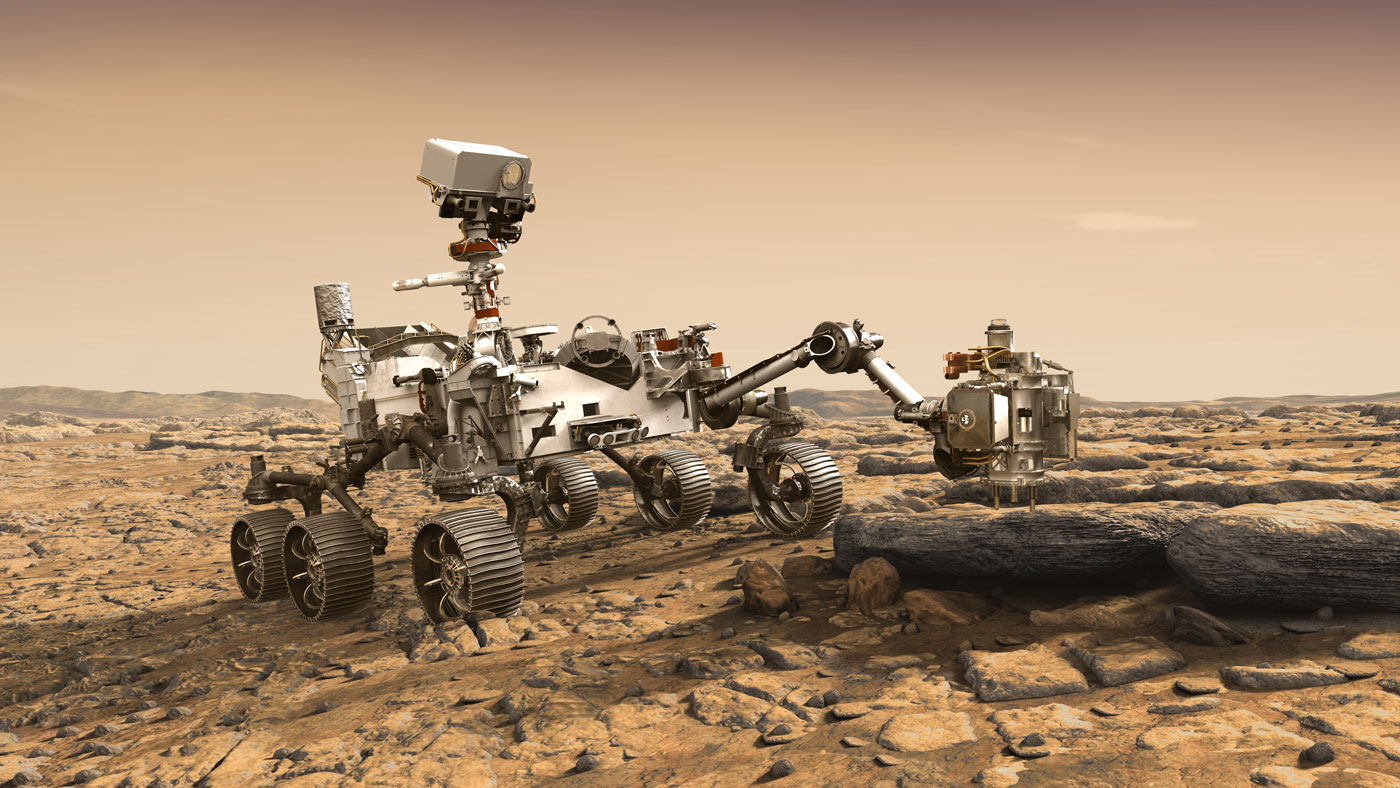After travelling nearly 470 million km (300 million miles), NASA’s Perseverance rover is scheduled to complete its journey to Mars in a matter of weeks. The landing is currently scheduled for February 18, 2021. To reach the surface of the Red Planet, however, it has to survive the harrowing final phase(s) of the journey known as Entry, Descent, and Landing.
Entry is the phase in which Perseverance will enter the Martian atmosphere, which consists of a mixture of gases unlike the Earth’s. For example, by percentage, most of Earth’s atmosphere is composed of nitrogen gas (78%) whereas most of Mars’ atmosphere consists of carbon dioxide gas (95%).
Descent is the phase in which Perseverance will make its way from the outermost reaches of the Martian atmosphere down to the surface. For your reference, the vertical structure of the main layers of the Martian atmosphere extends approximately 230 km above the surface of Mars.
Landing is the phase in which Perseverance will (fingers crossed!) successfully decelerate and land safely upon the Martian surface so as to begin its surface exploration of the area known as “Jezero (crater)” in pursuit of ambitious astrobiological questions.
We will be learning more about all three of these final mission phases in the weeks ahead, but this week in Grade 7 science we will focus our attention on the size of our solar system and the distance(s) between planets paying close attention to the distance between Earth and Mars, of course. In the meantime, enjoy this Mission trailer produced by the good people at NASA Science.
